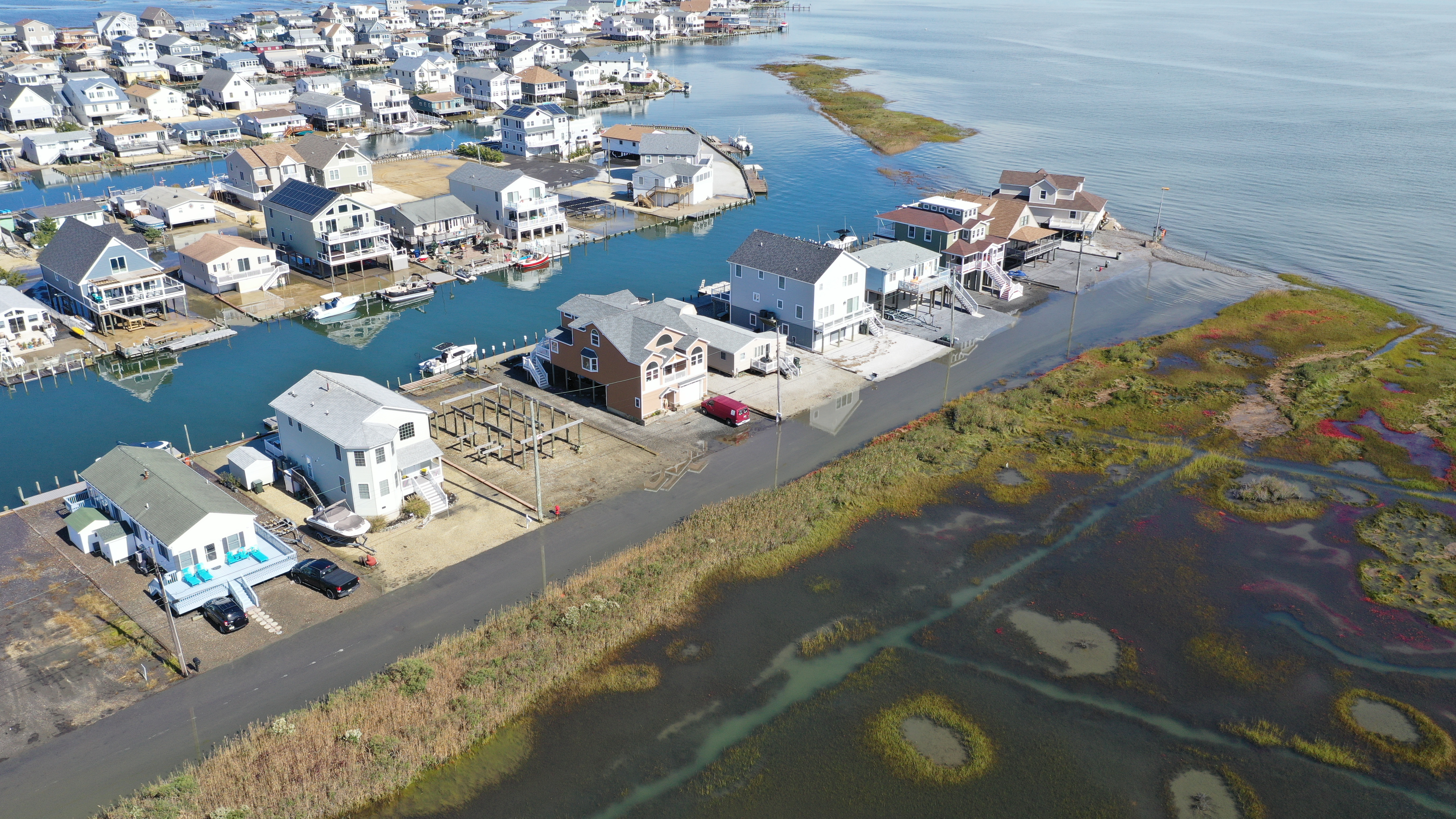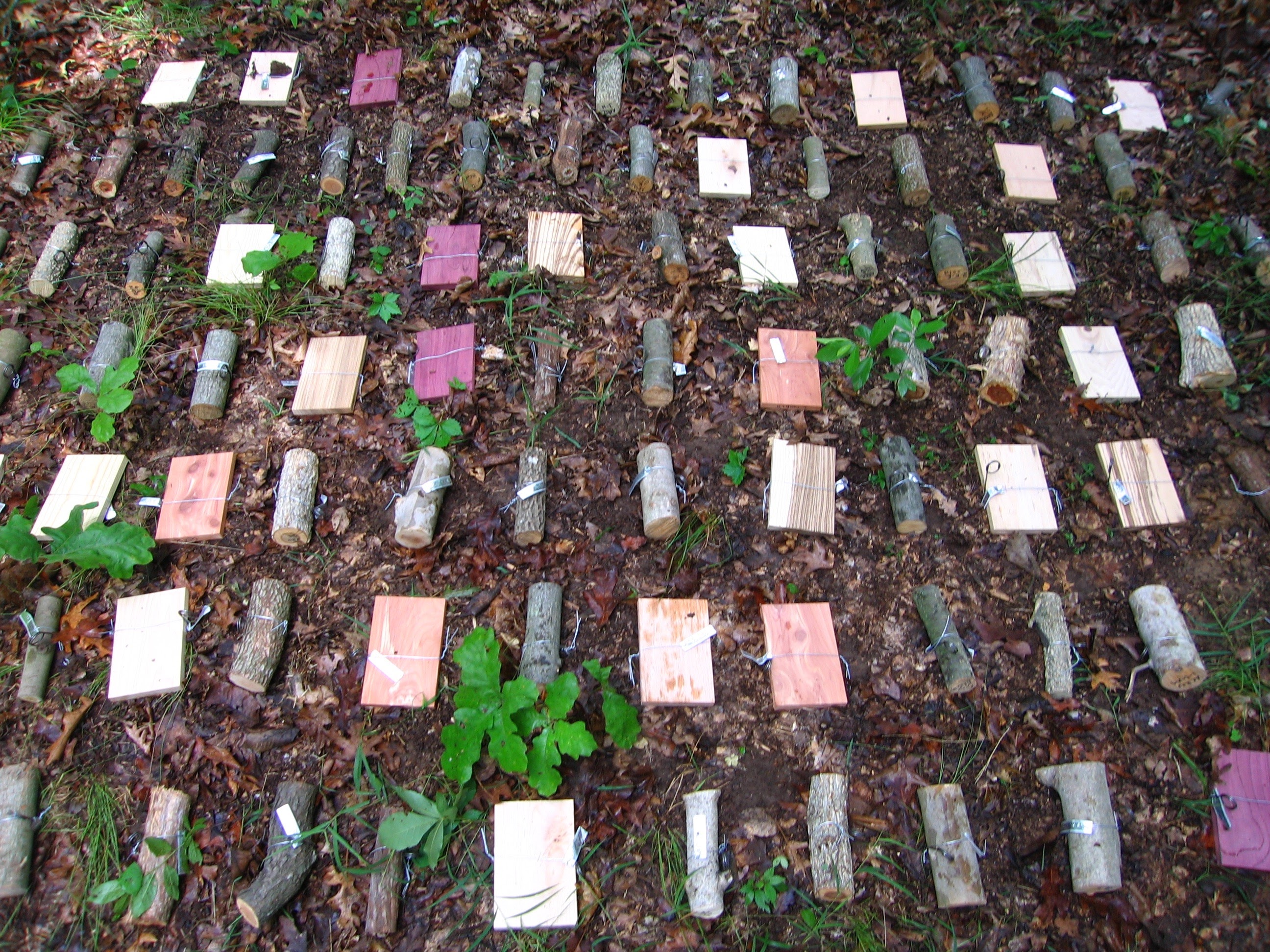Empa researchers have extracted nanocellulose from a waste product of beer brewing and processed it into an aerogel. The high-quality biodegradable material could be used in food packaging.
Tag: wood
Researchers find ways to make low-quality hardwoods useful for structural applications
Joseph McNeel, professor and director of the Appalachian Hardwood Center at the West Virginia University Davis College of Agriculture, Natural Resources and Design, has been testing the effectiveness of yellow poplar, an abundant West Virginia species, as a source of engineered wood building material.
Sampling for sustainability in outer space
An international project led by Kyoto University tested and confirmed the high wood durability of space wood at the International Space Station — the ISS. The experiment results showed minimal deterioration and good stability of the samples selected for the wooden artificial satellite LignoSat.
Media Briefing Schedule for ACS Fall 2022
Media Briefing Schedule for ACS Fall 2022
Your next wooden chair could arrive flat, then dry into a 3D shape (video)
Instead of crafting wooden objects with a saw or chisel, scientists can now program a 3D printer to extrude flat wooden shapes that self-morph into complex, 3D shapes as they dry. Potential applications include furniture. The researchers will present their results today at ACS Fall 2022.
Eco-glue can replace harmful adhesives in wood construction
Researchers at Aalto University have developed a bio-based adhesive that can replace formaldehyde-containing adhesives in wood construction.

Chula’s Faculty of Engineering Pioneers the Use of Gamma Rays to Inspect Large Trees
Lecturers of the Faculty of Nuclear Technology at the Faculty of Engineering, Chulalongkorn University have developed a special device for scanning trees to determine trunk density and hollowness to prevent accidents from fallen trees and also as a way to conserve large trees in urban areas.
Wooden buildings are a sustainable alternative in the face of global steel shortages
The war in Ukraine and the resulting European sanctions on Russia have dramatically affected energy and commodity prices. The combination of supply uncertainty, expensive energy, and rising material costs has added urgency to the already critical need to embrace sustainable,…
Multi-story buildings made of wood sell for 9% more than other construction in Helsinki
Building more homes and buildings with wood has been on the radar for years as a way to offset carbon emissions, though construction companies have been hesitant to take the material in broader use. A study at Aalto University in Finland is now the first to show that building with wood can be a sound investment.
Building cities with wood would store half of cement industry’s current carbon emissions
Shifting to wood as a building construction material would significantly reduce the environmental impact of building construction. If 80% of new residential buildings in Europe were made of wood inside and out, they would store the equivalent of about half of the cement industry’s annual emissions.

Land Development in New Jersey Continues to Slow
Land development in New Jersey has slowed dramatically since the 2008 Great Recession, but it’s unclear how the COVID-19 pandemic and efforts to fight societal and housing inequality will affect future trends, according to a Rutgers co-authored report. Between 2012 and 2015, 10,392 acres in the Garden State became urban land. That’s 3,464 acres a year – far lower than the 16,852 acres per year in the late 1990s and continuing the trend of decreasing urban development that began in the 2008 Great Recession.

Breaking Down Wood Decomposition by Fungi
SUMMARYThrough a combination of lab and field experiments, researchers have developed a better understanding of the factors accounting for different wood decomposition rates among fungi. The new findings reveal how an understanding of fungal trait variation can improve the predictive…

New Process For Preserving Lumber Could Offer Advantages Over Pressure Treating
Researchers have developed a new method that could one day replace conventional pressure treating as a way to make lumber not only fungal-resistant but also nearly impervious to water – and more thermally insulating.